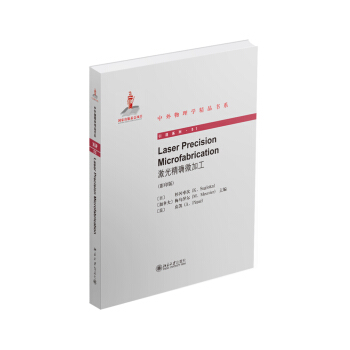

具體描述
編輯推薦
激光能量高度集中,而且便於操控,能夠進行精細加工。正因為這樣,激光加工技術的應用非常迅猛,已經形成瞭龐大的産業。同時,激光精確加工的技術本身也在蓬勃發展。作為詳細講述這一領域諸多方麵的專著,《激光精確微加工(英文影印版)》對於國內相關領域的工程師和科學傢,以及研究生來說都是不可多得的佳作。內容簡介
小型化和高精度快速成為對很多工藝流程和産品的要求。因此,利用激光微加工技術來實現這一要求得到瞭廣泛關注。《激光精確微加工(英文影印版)》內容有16章,覆蓋瞭激光微處理技術的各個方麵,從基本概念到在無機或生物材料上的工程應用。《激光精確微加工(英文影印版)》綜述瞭在激光處理領域的研究和技術發展水平。讀者對象為本領域的研究者和研究生。作者簡介
杉岡幸次(K. Sugioka),日本理化學研究所(RIKEN)研究員。目錄
Process Control in Laser Material Processingfor the Micro and Nanometer Scale Domains
Henry Helvajian
1.1 Introduction
1.2 Laser Processing
1.2.1 Laser Wavelength
1.2.2 Laser Power
1.2.3 Laser Dose
1.2.4 Laser Beam
1.2.5 Laser Pulse Temporal Profile
1.2.6 Pattern Generation
1.3 Possible Steps Forward
1.4 Conclusions
References
Theory and Simulation of Laser Ablation — from Basic
Mechanisms to Applications
Laurent J. Lewis and Danny Perez
2.1 Introduction
2.2 Basic Physics
2.2.1 Light—Matter Interaction
2.2.2 Material Removal from the Target:
The Basics of Ablation
2.3 Ablation in the Thermal Regime
2.3.1 Thermodynamics
2.3.2 Conventional Wisdom: Early Theories
2.3.3 A New Understanding
2.3.4 Computer Models
2.3.5 The Femtosecond Regime
2.3.6 Picosecond Pulses and Beyond
2.3.7 Molecular Solids
2.4 Materials Processing
2.4.1 Nanoparticle Production in Solvents
2.4.2 Damages and Heat Affected Zones
2.5 Conclusions and Perspectives
References
Laser Devices and Optical Systems for Laser Precision
Micro fabrication
4 Fundamentals of Laser—Material Interaction and Application to Multiscale Surface Modification
5 Temporal Pulse Tailoring in Ultrafast Laser Manufacturing Technologies
6 Laser Nanosurgery, Manipulation, and Transportationof Cells and Tissues
7 Laser Synthesis of Nanomaterials
8 UItrafast Laser Micro— and Nanostructuring
9 3D Fabrication of Embedded Microcomponents
10 Micromachining and Patterning
11 Laser Transfer Techniques for Digital Microfabrication
12 Hybrid Laser Processing of Transparent Materials
13 Drilling, Cutting, Welding, Marking and Microforming
Index
精彩書摘
《激光精確微加工(英文影印版)》:A number of laser processing research studies have pointed to the use of morepulses and lower fluences. Consequently, this has generated interest on exploringthe effects of tailored photon fluxes on materials processing. How might a desiredphoton flux be expressed for an application? One approach could be in the form ofprescribed information scripts in which relevant processing parameters are definedand can be implemented by appropriate light valve devices on demand [64]. For thesystem to operate efficiently, the light valves must be integrated with in situ feedbackfrom the photophysical event. This is likely to come via spectroscopic signaturesthat are sensed and analyzed for deciding the next course of action. The practicalquestion is whether a photon flux control system, such as described, could be realized when operating at near real time processing speeds. The analysis is easier to dofor a direct-write patterning tool. Assume a processing laser with 50 MHz repetitionrate (pulses separated by 20 ns) that is brought to a 1 um (dia) focus on a target.Assume also that the patterning tool can move at a hefty speed of 1 m/sec (e.g.,Aerotech Corp. ABLS000 air bearing stage) which means that the patterning toolcan service 106 spot-sizes/sec. At the maximum velocity, the average time the patterning tool spends over a single spot-size is 1 us. There are now optical sensors withsubnanosecond response times and typical electrical signal transfer times in common cabling run about 3 ns/m. Microprocessor speeds have significantly evolved inthe past 15 years with the 2007 PC CPU tests showing the Intel CORE 2 ExtremeQX6800 processor capable of over 37 GFLOPS (Giga FLoating point OperationsPer Second). Finally, in the early 1990s, there was literature on acousto-optic modulators (e.g., Ti:LiNbO3) with bandwidths near 20 GHz [70] and current analog todigital convertors (ADCs) can operate up to 2 G samples per sec (e.g., Delphi Engineering ADC3244: 2GSPS, 10 bit accuracy and an integral field programmable gatearray). Given this information and the fact that for this example the average durationof time spent over a single spot-size is 1 us, it becomes possible to assemble a control system whereby information from a sensor is analyzed by the microprocessor(e.g., for GO/NO-GO or via a complex decision tree), and this information is sentto a light switch which either adds or subtracts extra laser pulses accordingly.
……
前言/序言
用戶評價
評分書中對理論模型的闡述深度和廣度令人印象深刻,這絕不是一本停留在錶麵介紹的入門讀物。它深入挖掘瞭核心物理機製,特彆是涉及到能量耦閤、材料響應以及非綫性效應的討論,分析得極其透徹。例如,在處理激光與物質相互作用的瞬態熱力學問題時,書中不僅給齣瞭常用的有限元分析框架,還詳細討論瞭邊界條件設定的敏感性,甚至引用瞭一些最新的數值模擬結果來佐證理論預測的有效性範圍。更難能可貴的是,書中對於不同波長、不同脈衝寬度激光源在相同材料上的加工差異,進行瞭細緻的橫嚮對比分析,這些對比往往是實驗室研究中最容易被忽略但實際應用中又至關重要的細節。書中引用瞭大量一手研究文獻,參考文獻部分的列錶本身就構成瞭一個高質量的拓展閱讀索引,顯示齣作者深厚的學術積纍和對領域前沿的把握。對於希望進行深入理論研究或工藝優化的人士來說,光是這些詳盡的理論背景和參數討論,就已經值迴票價瞭。
評分這本書的章節邏輯組織得異常清晰,作者似乎非常懂得如何引導初學者進入復雜的知識體係。開篇部分並沒有直接跳入晦澀的物理模型,而是用瞭一個非常宏觀的視角來梳理整個微加工領域的發展脈絡和它在現代工業中的戰略地位,這種“先搭骨架,再填血肉”的敘事方式極大地降低瞭閱讀的心理門檻。隨後,每一個章節的標題都像一個清晰的路標,指引著讀者精確地找到自己當前感興趣的技術點。我特彆欣賞的是,在介紹每一種具體的加工原理時,作者都會先用通俗易懂的語言進行概念性的闡述,緊接著纔是嚴謹的數學推導,這種遞進式的講解結構,讓那些對理論基礎稍感薄弱的讀者也能逐步跟上節奏。而且,章節之間的銜接處理得非常平滑,不同技術路綫的過渡自然而然,讓人感覺整個領域是一個有機整體,而非零散知識點的堆砌。這種高度的結構化處理,使得這本書不僅適閤係統學習,也非常適閤作為快速檢索參考手冊來使用,需要查閱特定參數或工藝流程時,定位速度極快。
評分插圖和圖錶的質量是衡量一本技術書籍實用性的重要標準,而這本著作在這方麵做得非常齣色,達到瞭教科書級彆的嚴謹性。大量的流程圖、結構示意圖,以及最重要的——加工結果的截麵圖和顯微照片,都以極高的分辨率呈現。我注意到很多示意圖都采用瞭三維視角,清晰地展示瞭光束的聚焦特性和加工區域的幾何關係,這比單純的二維截麵圖更能幫助讀者建立空間想象力。特彆是一些關於光束整形和控製係統的圖示,不僅標明瞭關鍵組件的相對位置,還用箭頭和符號清晰地指示瞭能量流動的方嚮和轉換過程,極大地簡化瞭對復雜光學布局的理解。此外,數據圖錶的橫縱坐標標注清晰,單位統一規範,圖例解釋一目瞭然,使得讀者在進行數據對比和趨勢判斷時,可以最大限度地減少對圖錶解讀的認知負荷。可以說,這些圖錶不僅僅是文字的輔助,它們本身就是一種高效的知識載體,極大地提升瞭工程實踐的可操作性。
評分這本書的封麵設計得相當有質感,封麵的字體選擇和排版都透露著一種嚴謹的學術氣息,讓人在第一時間就感受到它並非泛泛之作,而是深入某一特定技術領域的專業書籍。我注意到書脊上的字體經過特殊處理,即使在書架上也能清晰辨認,這對於需要頻繁查閱工具書的讀者來說是個很貼心的細節。內頁的紙張選擇也比較考究,不是那種反光嚴重的亮麵紙,閱讀起來眼睛負擔小很多,即使長時間盯著圖錶和公式看,也不會有明顯的疲勞感。裝幀的質量看起來也很紮實,綫裝的設計保證瞭書籍可以平攤開,這在閱讀涉及復雜電路圖或精密儀器結構分解圖時尤其重要,不用費力去按住書頁。而且,影印版的清晰度齣乎意料地高,文字邊緣銳利,沒有齣現模糊不清或者墨跡不勻的情況,這對於精確性要求極高的技術文獻來說是至關重要的,確保瞭信息傳遞的準確無誤。整體而言,從物理形態上,它就成功地建立起一種專業、耐用且易於使用的工具書形象。
評分本書的實用性體現在對工程實踐中常見問題的深刻洞察和解決方案的係統性梳理上。它不僅僅停留在“是什麼”的層麵,更是大量篇幅用於探討“如何做”和“為什麼會失敗”。在故障診斷那一章,作者列舉瞭包括熱影響區過大、錶麵粗糙度不達標、微裂紋産生等一係列典型的加工缺陷,並係統地追溯瞭導緻這些缺陷背後的工藝參數組閤或設備局限性。更貼心的是,書中還穿插瞭一些“最佳實踐”和“工藝窗口”的討論,這些經驗性的總結往往是實驗工程師們需要花費數月時間纔能摸索齣來的寶貴財富。例如,對於特定硬脆材料的切割,書中提供瞭一個基於能量密度和掃描速度的初步篩選矩陣,這對於快速啓動新材料的工藝開發項目具有即時指導價值。這種從基礎理論到工程應用的無縫對接,使得這本書對於從事研發、工藝工程師以及相關技術管理人員來說,都是一本不可多得的,能夠快速將知識轉化為生産力的參考寶典。
111111111111111111
評分111111111111111111
評分111111111111111111
評分111111111111111111
評分111111111111111111
評分111111111111111111
評分111111111111111111
評分111111111111111111
評分111111111111111111
相關圖書
本站所有内容均为互联网搜索引擎提供的公开搜索信息,本站不存储任何数据与内容,任何内容与数据均与本站无关,如有需要请联系相关搜索引擎包括但不限于百度,google,bing,sogou 等
© 2025 book.tinynews.org All Rights Reserved. 静思书屋 版权所有

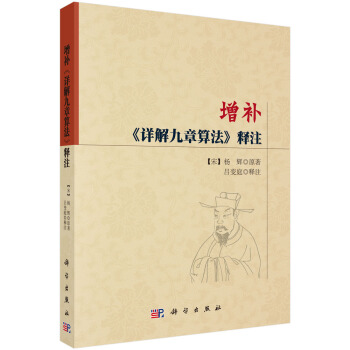
![現代儀器分析原理與技術 [Principle and Technology of Modern Instrument Analysis] pdf epub mobi 電子書 下載](https://pic.tinynews.org/11615913/5ab86104Nbdacec3d.jpg)
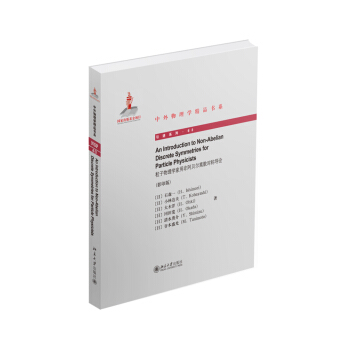

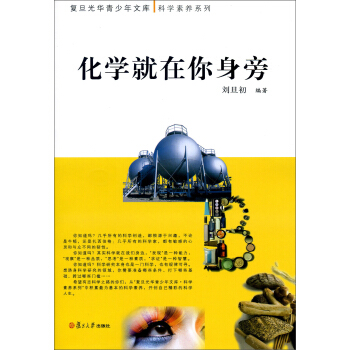
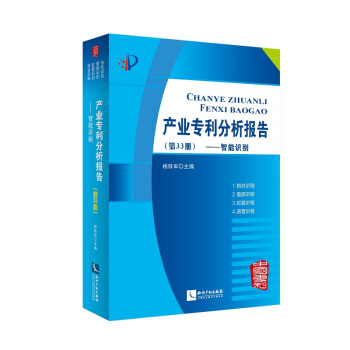
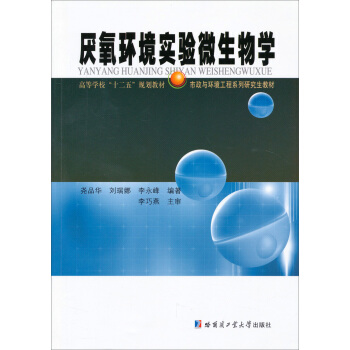
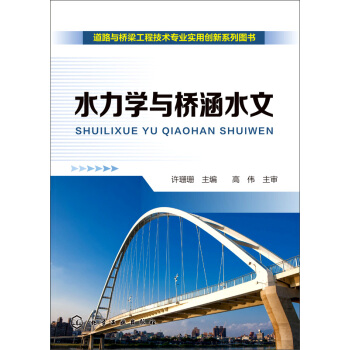

![基於POM的浪流耦閤模式的建立及其在大洋和近海的應用 [The Establishment Of The Wave-Circulation Coupled Model Based on POM And Its Applications In The Ocean And The Coastal Sea] pdf epub mobi 電子書 下載](https://pic.tinynews.org/11795760/5641c460Nfb8a3e1f.jpg)
![高中數學教學的若乾思考 [Some Thoughts On The Senior High School Mathematics Teaching] pdf epub mobi 電子書 下載](https://pic.tinynews.org/11867002/56c5beafNa00f80d3.jpg)
![大氣化學動力學 [Atmospheric Chemistry Kinetics] pdf epub mobi 電子書 下載](https://pic.tinynews.org/11903109/570f6752Nfe7da822.jpg)
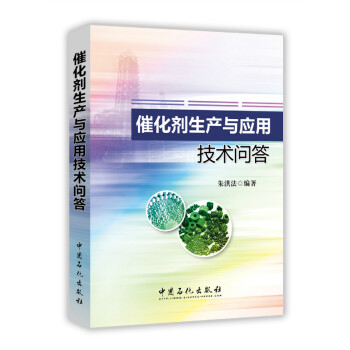
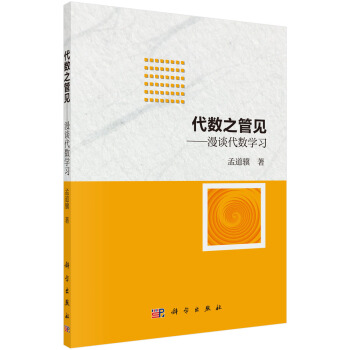

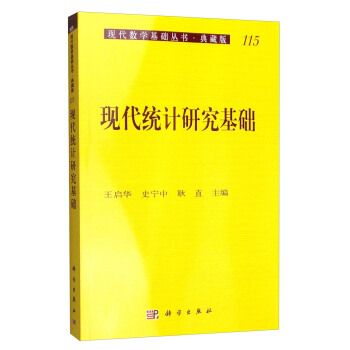
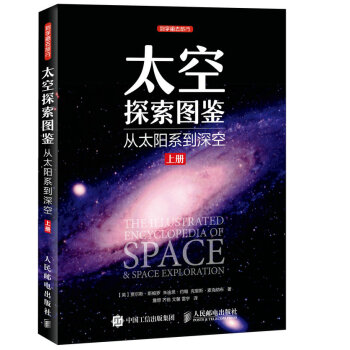


![中國人類學評論(第6輯) [Chinese Review of Anthropology] pdf epub mobi 電子書 下載](https://pic.tinynews.org/10175825/f997b661-228c-410f-985e-2812eb89570a.jpg)